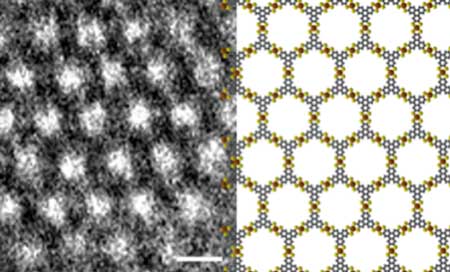
Monday, October 15, 2018
Metal-organic frameworks: ready for electronics
Biomaterials with 'Frankenstein proteins' help heal tissue

High-performance flexible transparent force touch sensor for wearable devices
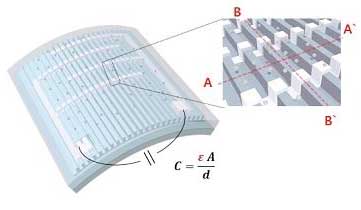
Fluorine flows in, makes 2D material metal
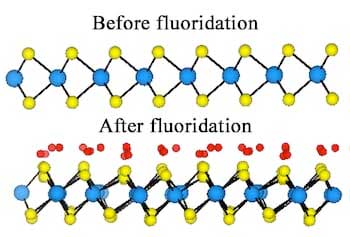
New model helps define optimal temperature and pressure to forge nanodiamonds in an explosion
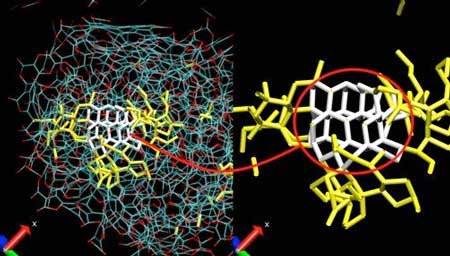
Covalently modified two-dimensional arsenic for electronics
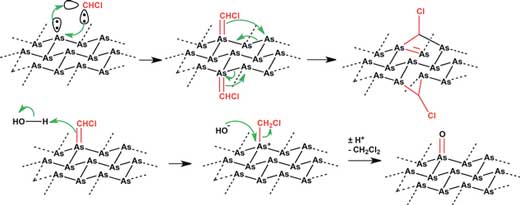
Perovskites - materials of the future in optical communication

Artificial intelligence aids automatic monitoring of single molecules in cells

Subscribe to:
Comments (Atom)
